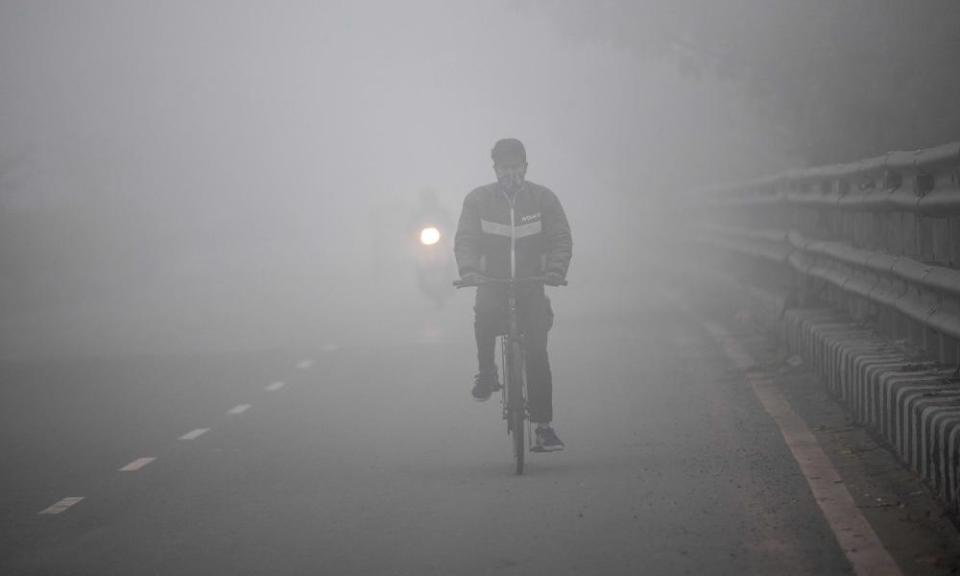It's not just oceans: scientists find plastic is also polluting the air

Plastic waste in our oceans is now a well-known issue but new data shows that plastic is adding to air pollution in Indian cities too.
For several years scientists were puzzled why Delhi was more susceptible to thick smogs than other polluted cities such as Beijing. New research links this to tiny chloride particles in the air that help water droplets to form. Globally, chloride particles are mainly found close to coasts, due to sea spray, but the air in Delhi and over inland India contains much more than expected.
At first, the sources were thought to be illegal factory units around Delhi that recycle electronics and those that use strong hydrochloric acid to clean and process metals. These are certainly part of the problem, but new measurements have revealed another source.
Researchers looked at the other pollutants that increased at the same time as the chloride particles. This chemical fingerprint matched the burning of household waste containing plastics and the burning of plastics themselves. These large amounts of chloride are estimated to be responsible for around half of Delhi’s smog events.
In low-income countries about 90% of waste ends up in open dumps or is burned in the open air. If you set fire to plastic, it rapidly reveals its origins as an oil-based product by producing copious amounts of black smoke. Using data on the contents of rubbish from around the world, researchers from London’s King’s and Imperial Colleges have estimated that the soot from open waste burning has a global warming impact equivalent to between 2% and 10% of the global emissions of carbon dioxide.
Burning plastics also produces large amounts of dioxins and other highly toxic pollutants that can persist in the food chain. Modern waste incinerators in the UK and Europe go to great lengths to reduce these toxic emissions but there are no protections when waste is burned at home or in the open.
The waste burning problems in Indian cities do not end there. As James Allan from the University of Manchester, who took part in the latest Indian study, explained, the extra chloride could be promoting chemical reactions between different air pollutants. This includes adding to the ground-level ozone across India. Already this is estimated to reduce yields of some Indian crops by 20% to 30%.
Better waste management needs to be a priority but eliminating plastic pollution also requires a rethink of global plastic production and use.

 Yahoo Finance
Yahoo Finance 